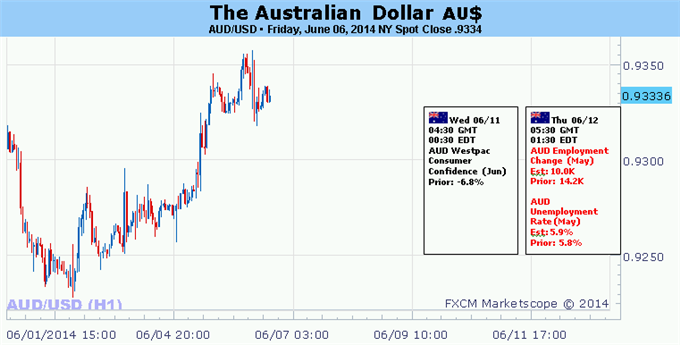The Risk Forecast for 2014
Post on: 7 Июль, 2015 No Comment

by Geoff Considine, Ph.D.
Its the time of year when market pundits take to the notoriously difficult task of forecasting returns. Volatility is equally important, however, and it can be predicted much more reliably than asset-class performance. My forecast shows that the options market is underestimating risk in 2014, giving investors an opportunity to purchase portfolio protection at attractive prices.
At the start of 2013, I published an outlook for risk for a range of core asset classes. In this article, I revisit these predictions, examine their accuracy and provide a new risk outlook for 2014.
My risk forecast is based on the prices of options on ETFs representing a series of core asset classes. Options prices provide the best forward-looking estimate of future volatility in the same way that insurance prices should provide the best estimates of the risks of an insured outcome. Options prices are not a perfect forecast of future risk, but they are the markets consensus view of expected future risk. More details about my methodology are provided in last years article.
In many ways, 2013 was an excellent laboratory for examining the effectiveness of options prices as predictors of risk. Stocks delivered their best year since 1996, with SPY up by more than 31%, but bonds and gold suffered substantial declines. Long-term Treasury bonds (TLT) fell by more than 13% (including interest payments) and gold (GLD) has declined by more than 27% in 2013. Of the other major asset classes that I surveyed in last years piece, Brazilian equities (EWZ) suffered the most, with a decline of 17.5%.
Along with the substantial gains in U.S. equities, the VIX (which measures the volatility on the options nearest to expiration) dropped from more than 30% over the last year, going from 18% at the close of 2012 to 12.3% at the end of December of 2013.
Basics of risk projections
There are three approaches to estimating expected risk. The first looks at trailing risk: Asset classes that have been risky tend to continue to be risky, and vice versa. The second approach is to look at option-implied volatility. A major component of the value of a put or call option is the assumed level of volatility of the underlying asset. Using an option-pricing model (such as Black-Scholes), you can back out the volatility of the underlying asset from the option price.
In the simplest model, the range and probability of positive moves in asset prices are assumed to be symmetric with negative moves. In practice, however, this is not the case. Investors tend to have an asymmetric view of volatility upside surprises are of less concern than downside surprises. For this reason, I measure downside risk by looking at the implied volatility of at-the-money put options. This provides the cost of hedging against losses for an asset.
In looking at the implied volatilities across asset classes, it is very helpful to know whether risk is being priced consistently. I test this by calibrating Quantext Portfolio Planner (QPP), my Monte Carlo model, so that the expected volatility for the S&P 500 matches the implied volatility on put options on SPY. The expected volatility of the S&P 500 is used to project volatility for all of the other asset classes. I then compare the model-projected volatilities to the implied volatilities of put options on ETFs for each asset class.
The third approach to estimating expected risk is to use the Monte Carlo simulations to combine historical risk and correlations across asset classes. Rather than simply relying on the trailing volatility of each asset class, these projections incorporate the risk relationships between asset classes so that the projected risk for each asset class is consistent with its relationships to other asset classes. In this way, we can see whether one asset class implied volatility appears to be too low (the market appears to be complacent) or too high (the market appears to be risk-averse). This approach has proven useful. allowing investors to purchase or sell insurance depending on its price.














